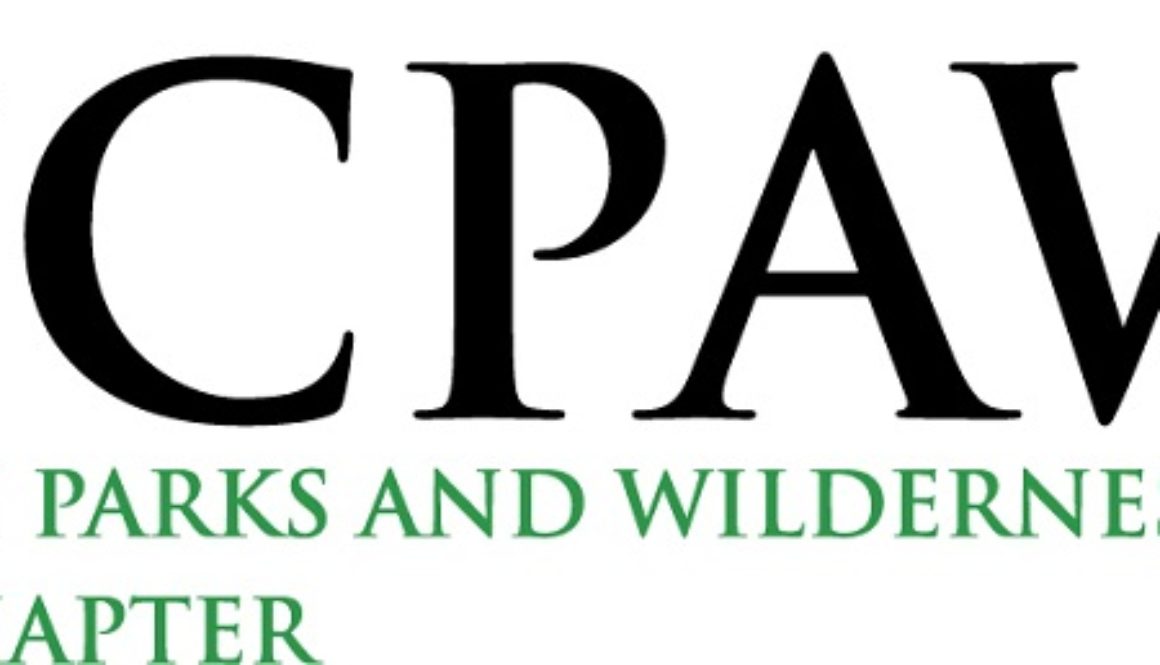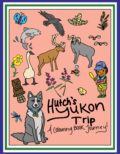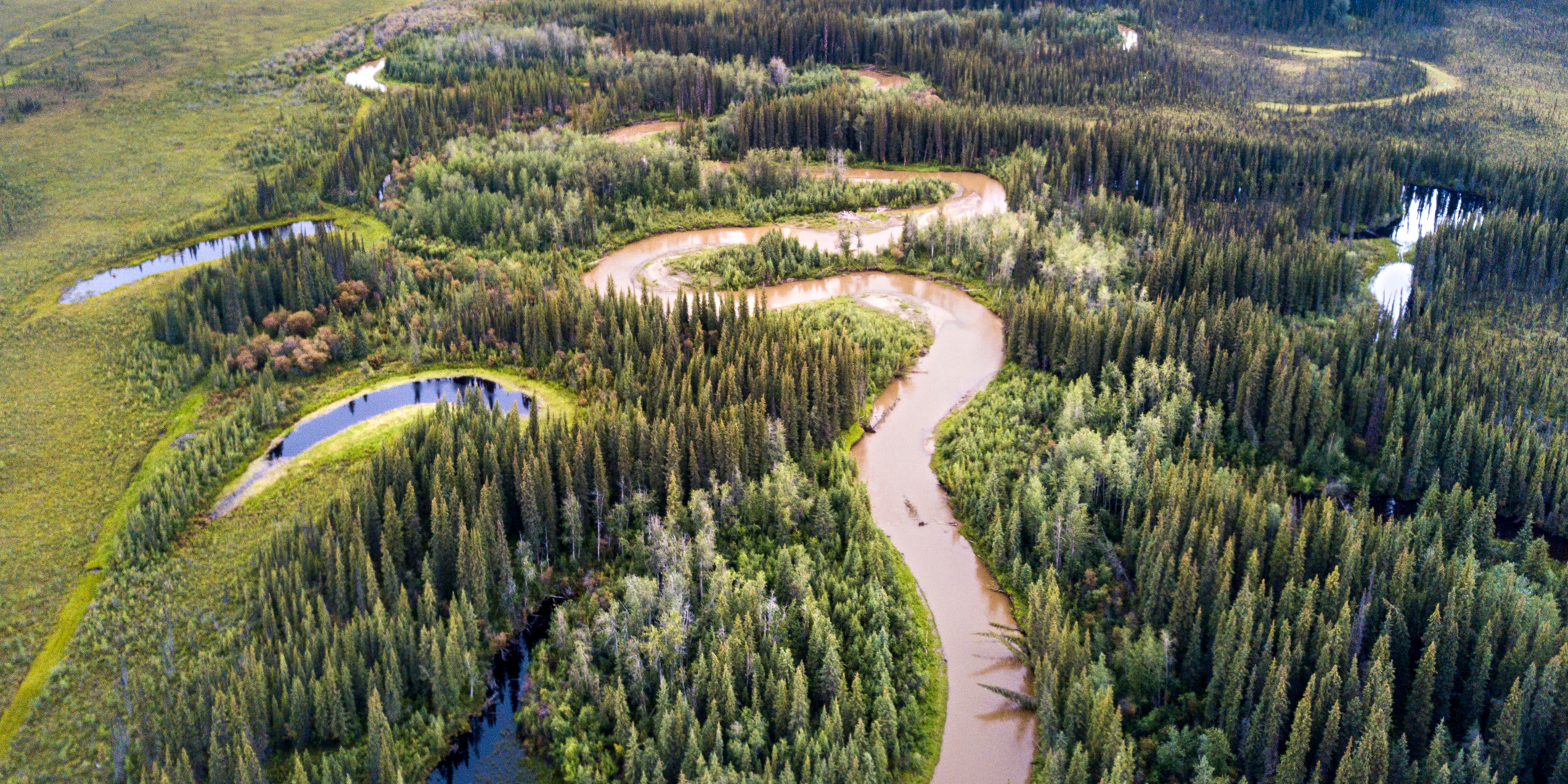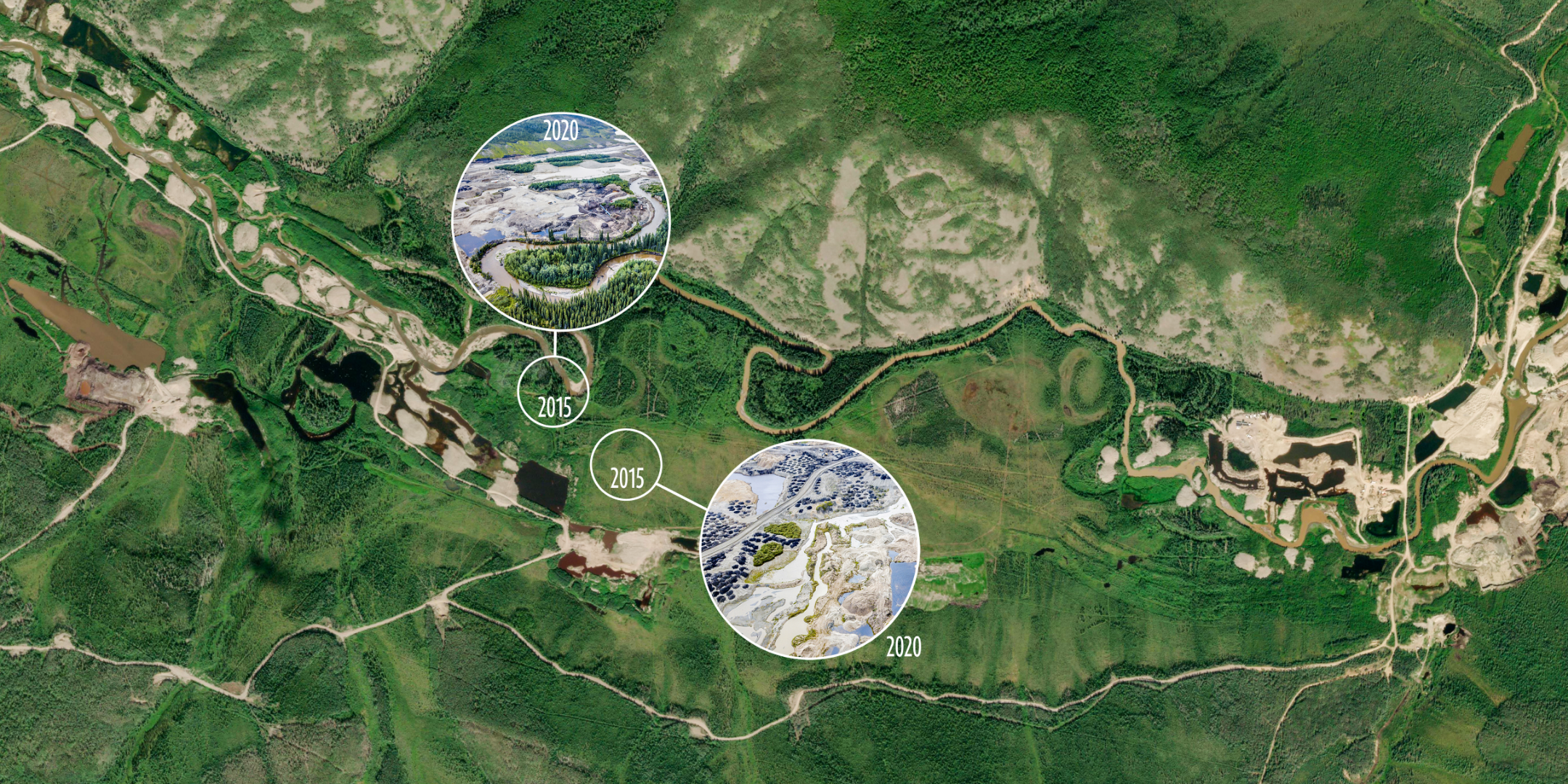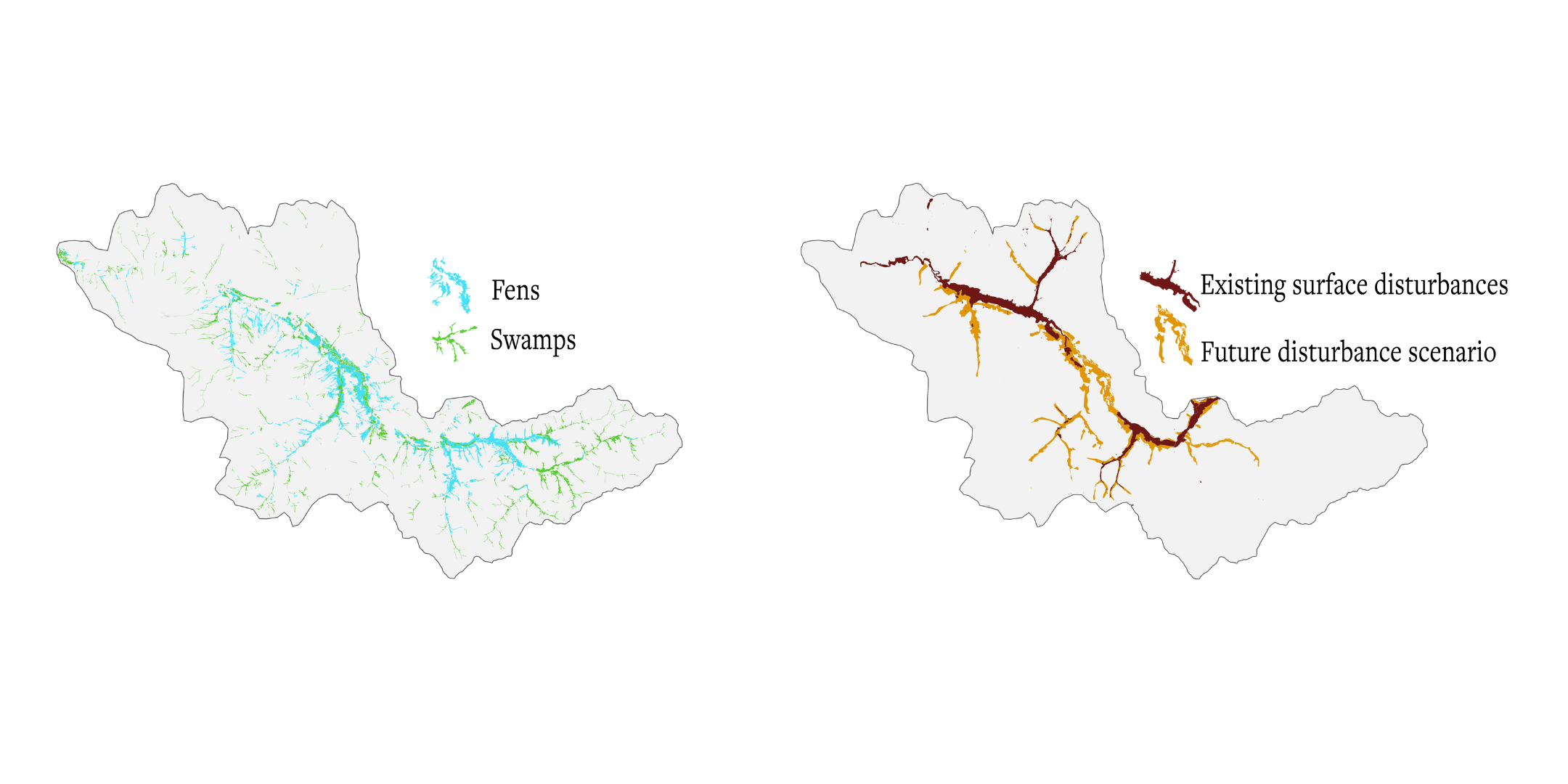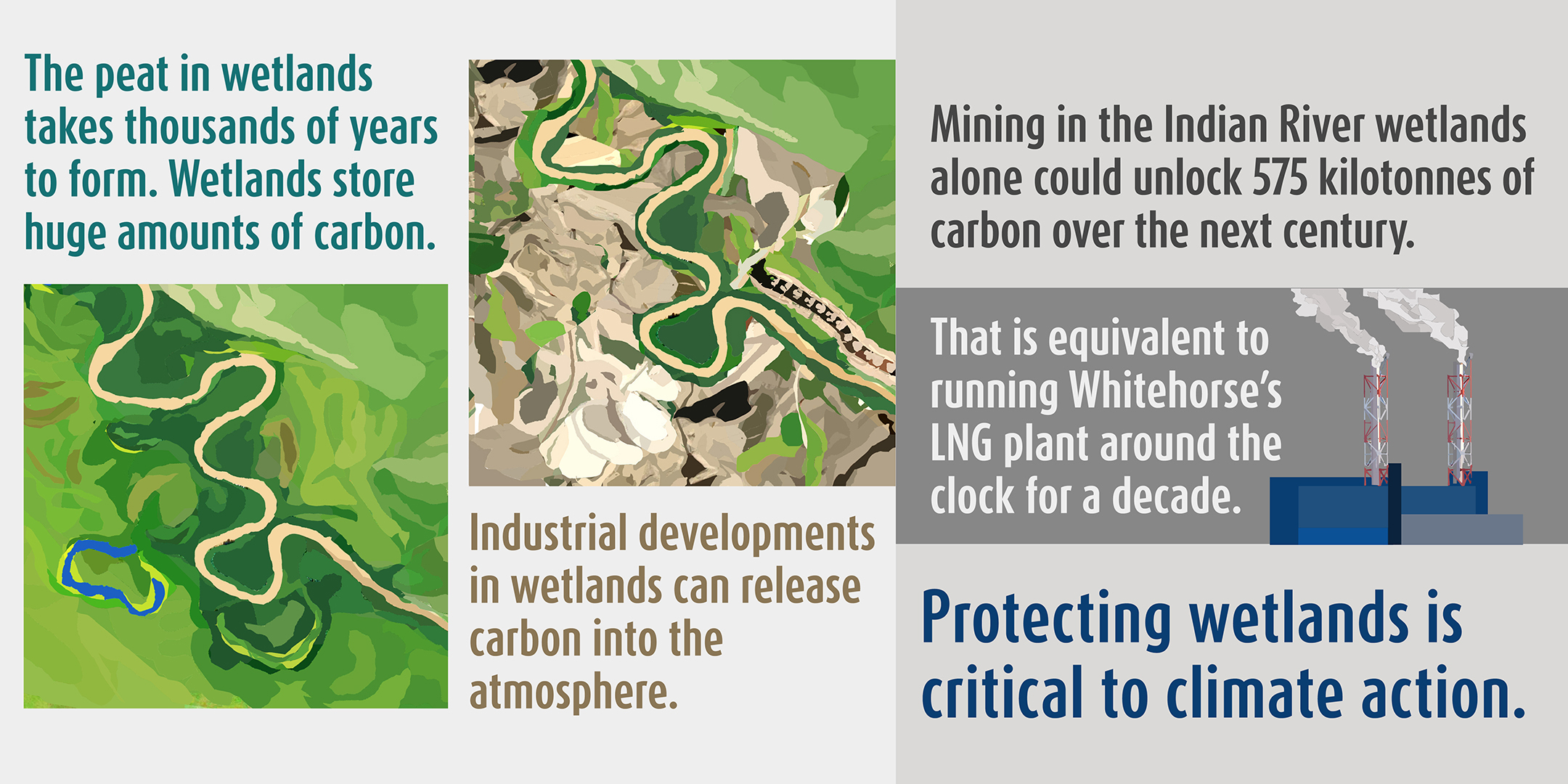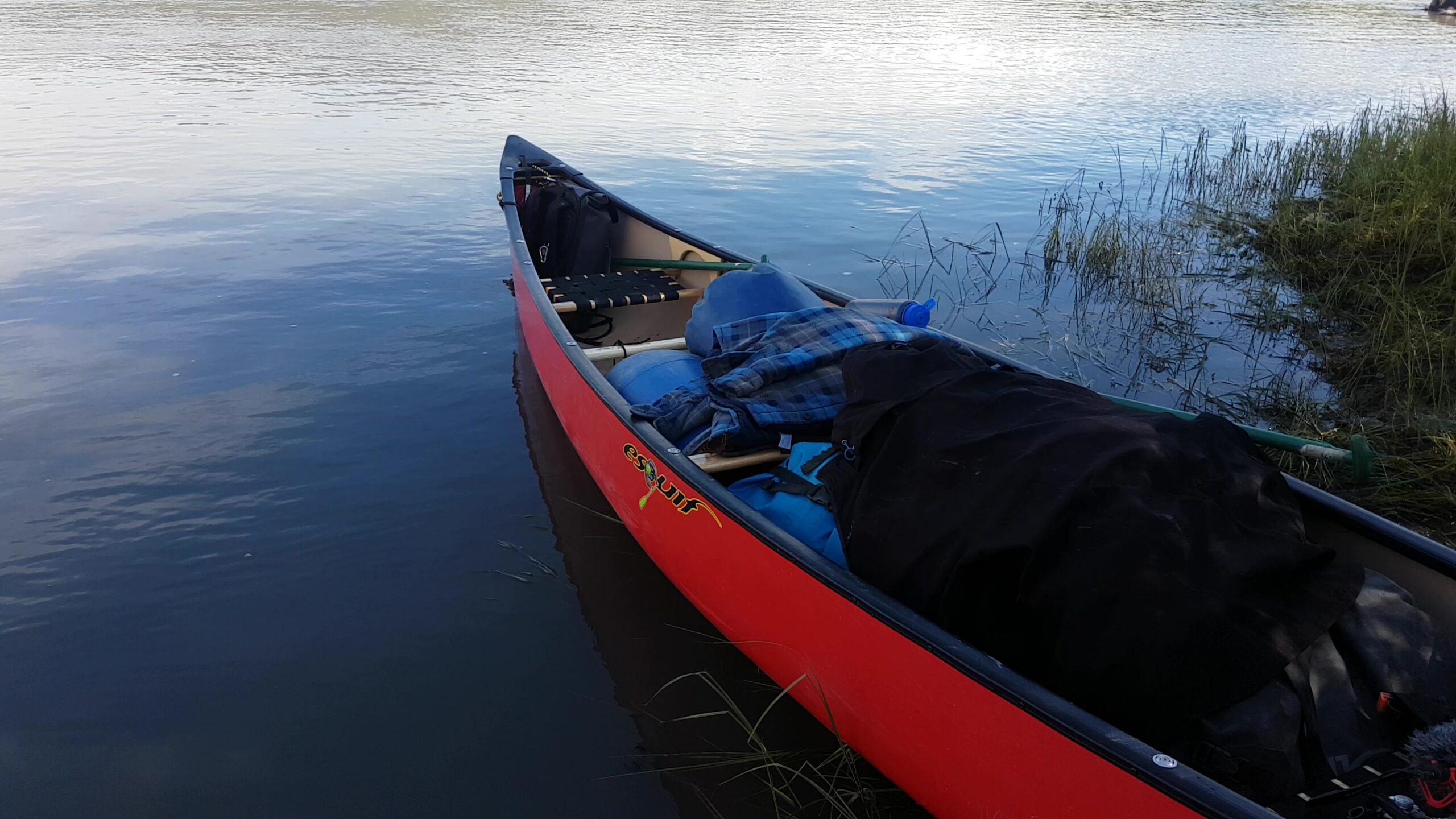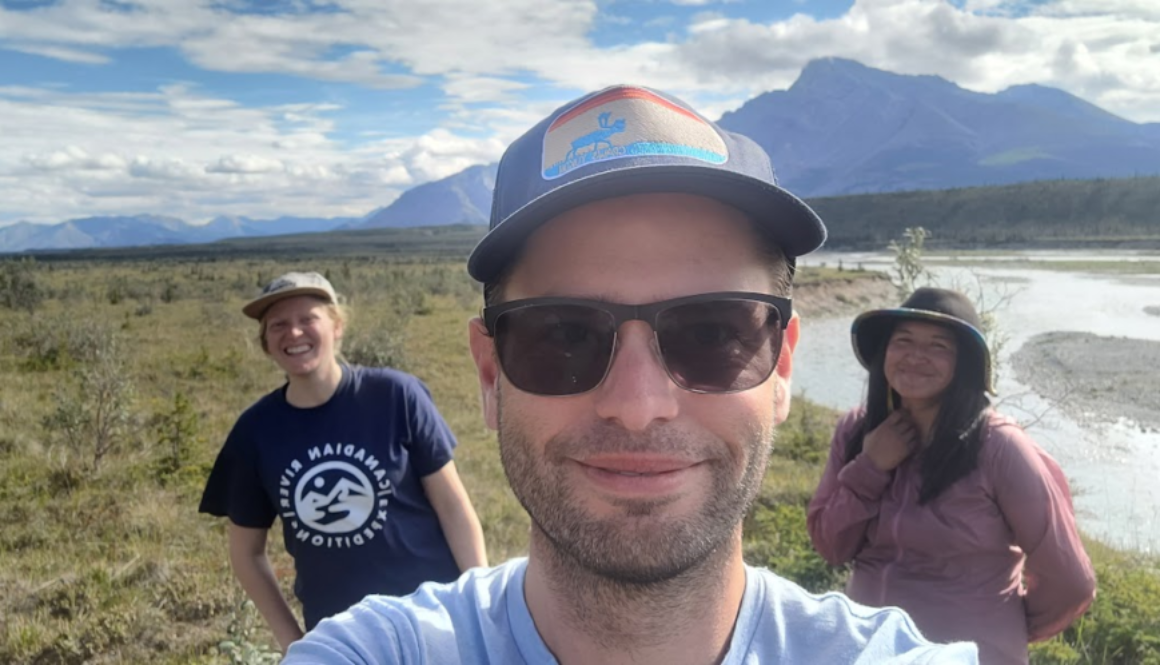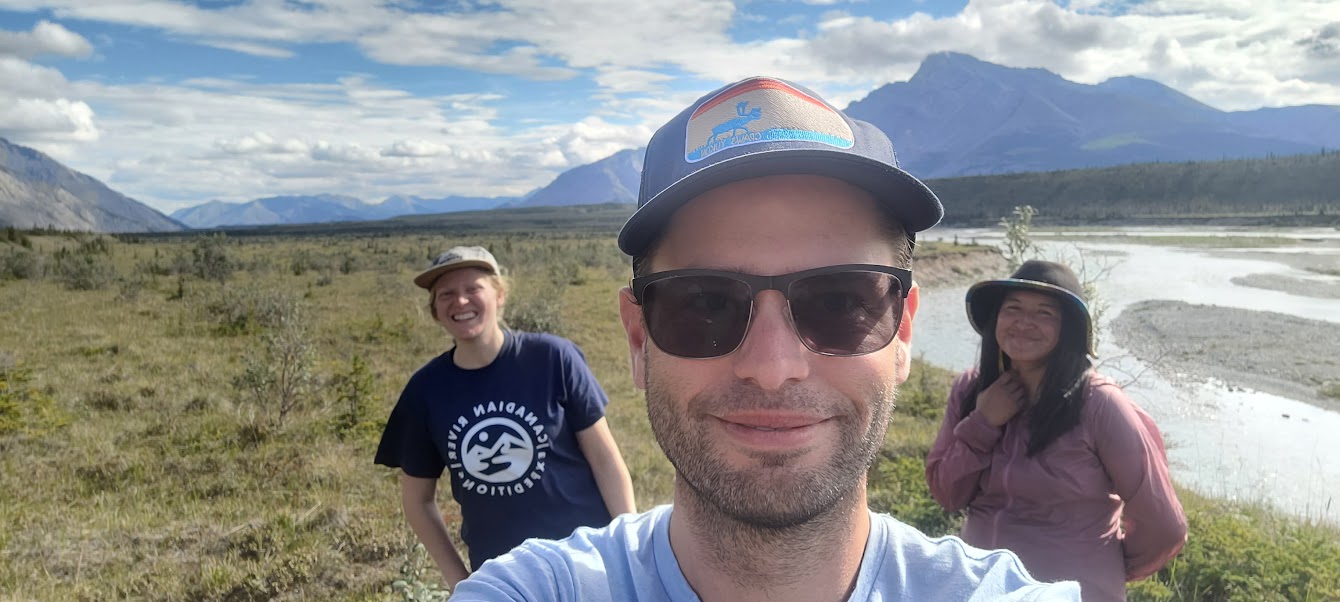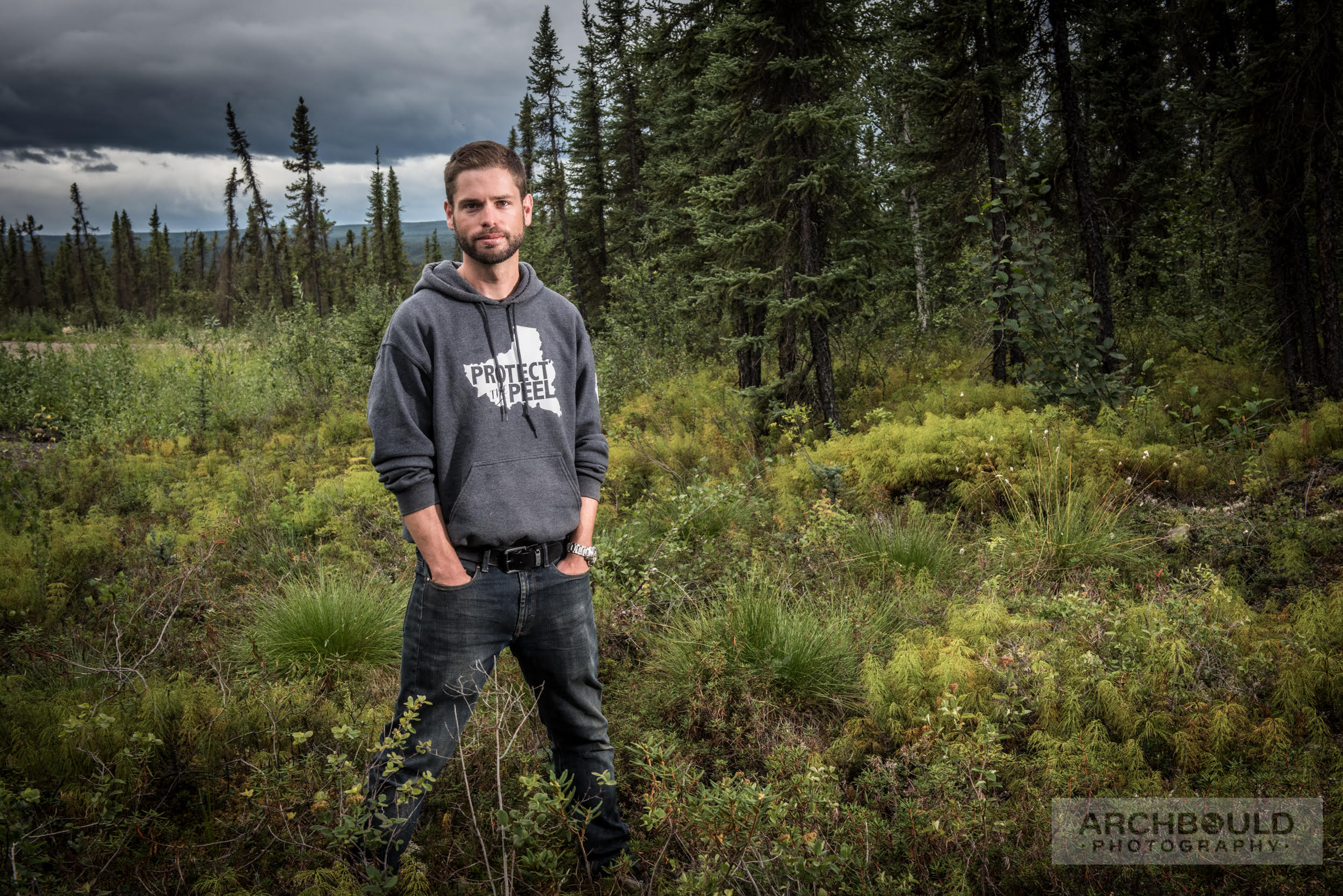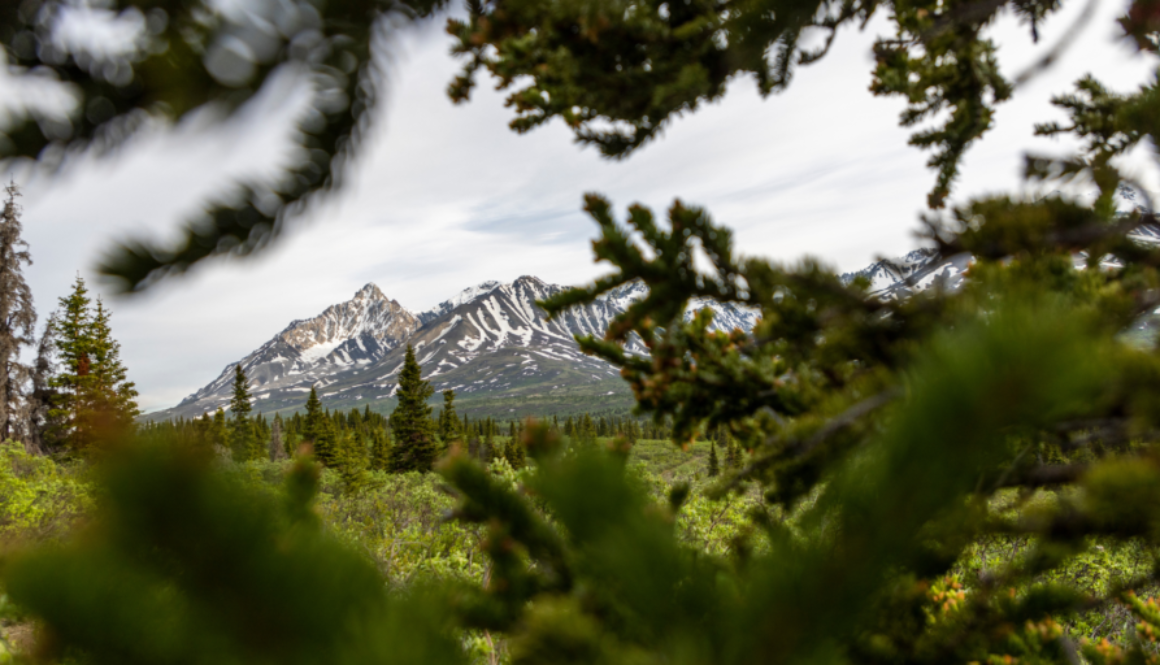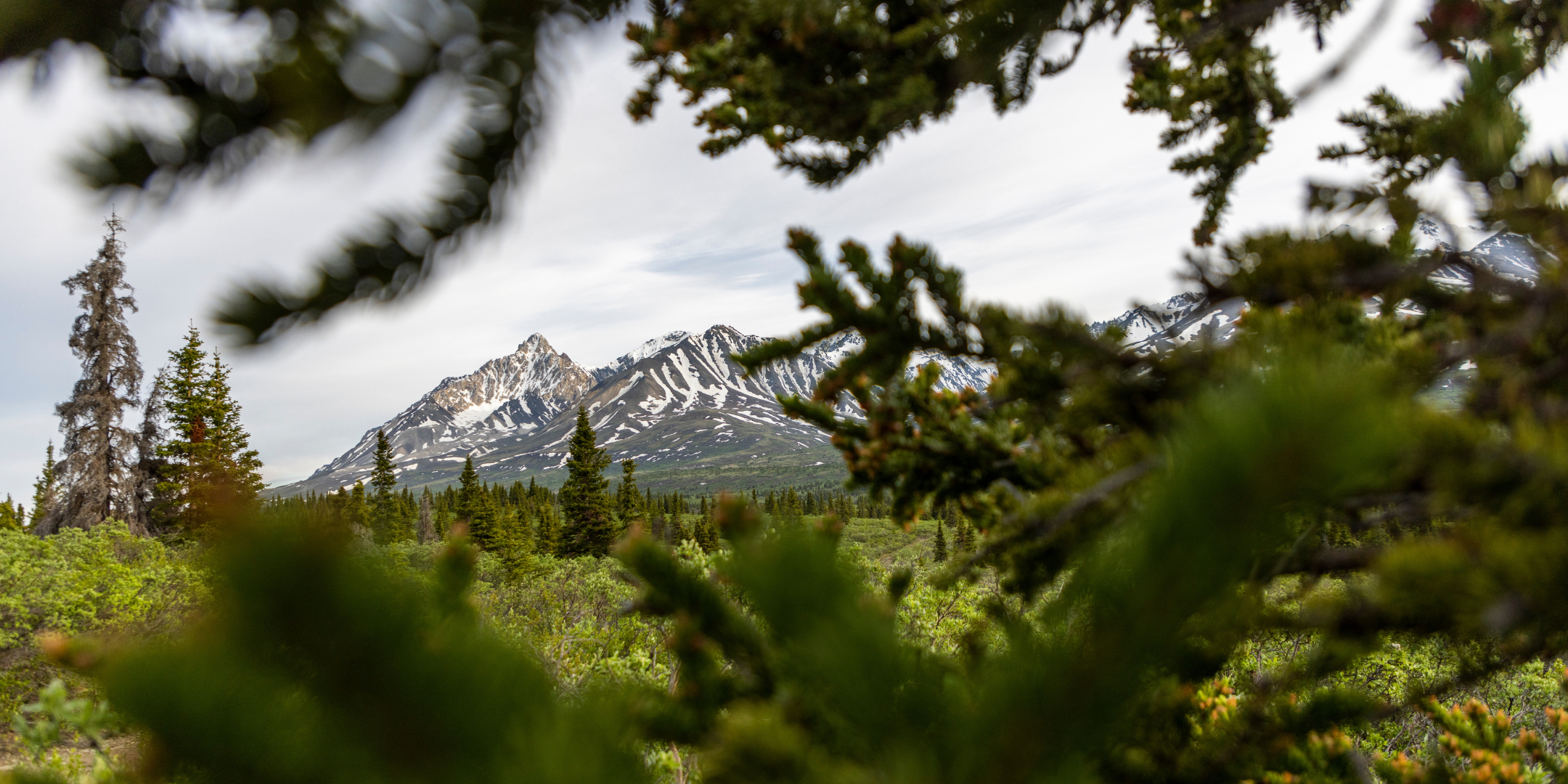Where to begin?
Written by Paula Gomez Villalba
Updated December 2022
Every year there are many opportunities to connect with nature, but getting started isn’t always so easy. Our forests and lands are home to many plants, animals, and a long history of how Indigenous peoples cared for and used them. We’re all learning— whether it’s names of plants budding after a long winter, or a new exciting way to stay active in the mountains.
This list highlights a few resources and spaces around the Yukon that we’ve found helpful in fostering connections with our wild spaces.
Learn
The Boreal Herbal: Wild Food and Medicine Plants of the North
Written by Yukon resident Beverley Gray, this book is an amazing guide to identifying and using plants found in the North. It includes colour photos and profiles on specific plants, many recipes, and instructions on how to preserve plants. Many Yukon public libraries have copies available to borrow.
Government of Yukon Guide to Hunting & Guide to Trapping
These Government of Yukon guides dive into the rules and regulations of harvesting wildlife, how to get licenses, and how to be safe and responsible. They also highlight key education courses and workshops.
Culture
Kwanlin Dün First Nations Justice Department
The Justice Department “delivers cultural recreation, outreach and healing programs and services to youth (ages 12 to 29), their families and caregivers, and the whole community for the purposes of reducing risk factors, revitalizing cultural and traditions and improving quality of life.”
Kwanlin Dün Cultural Centre
The Kwanlin Dün Cultural Centre is the cultural home of the Kwanlin Dün First Nation in downtown Whitehorse. It is a gathering place that hosts events and workshops, including a hide tanning camp and sewing circle.
Council of Yukon First Nations
The Council of Yukon First Nations offers health, medical, culture and language, recreation, and social support. Their mandate is to serve as a political advocacy organization for Yukon First Nations holding traditional territories, to protect their rights, titles and interests.
Move
Yukon Aboriginal Sport Circle
The Yukon Aboriginal Sport Circle is a non-profit society dedicated to promoting Aboriginal sports and participation. They offer many different sports programs in Yukon communities, including Arctic Sports, Dene Games, and Archery.
Kwanlin Koyotes Ski Club
The Kwanlin Koyotes are a youth ski group based out of the Kwanlin Koyote Cabin in McIntyre Subdivision. Their mandate is to get kids out on the land, learning how to ski, and taking in the natural environment that surrounds us.

Photo by Malkolm Boothroyd.

